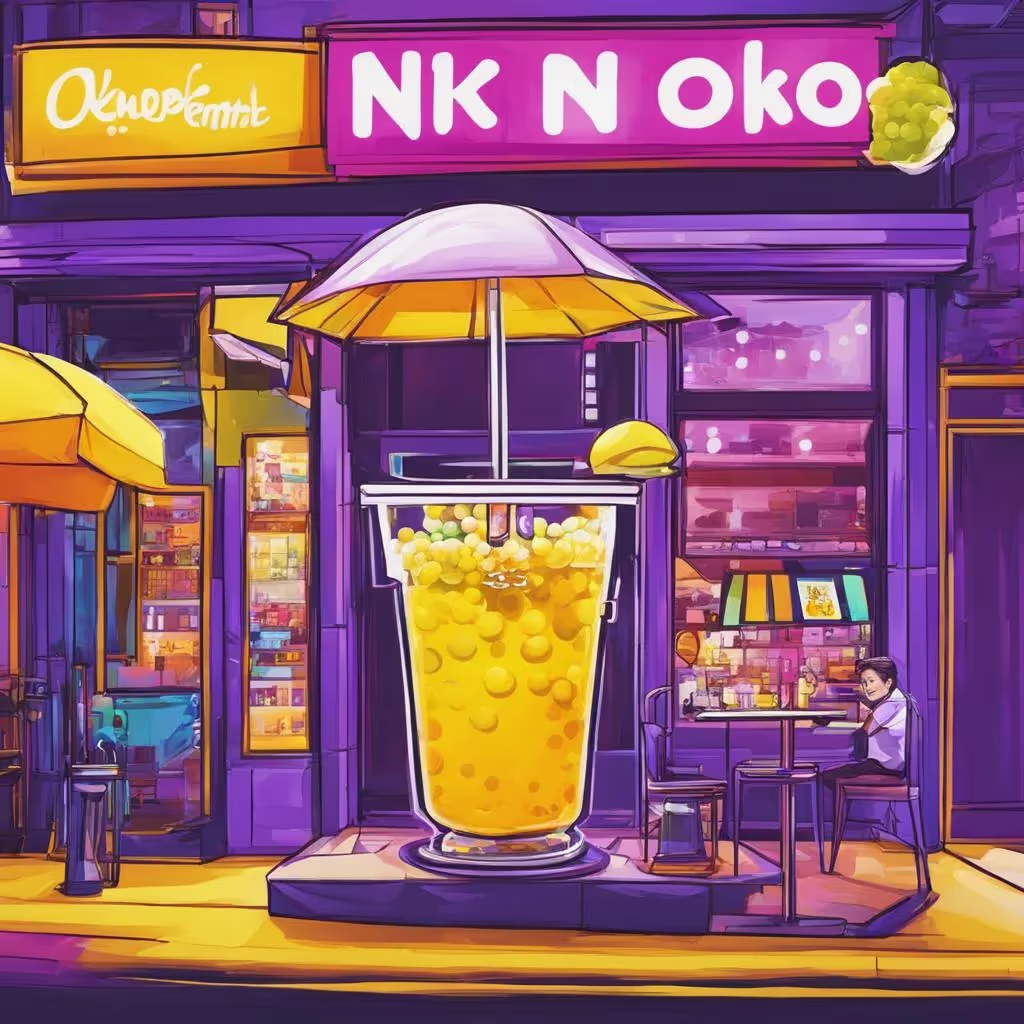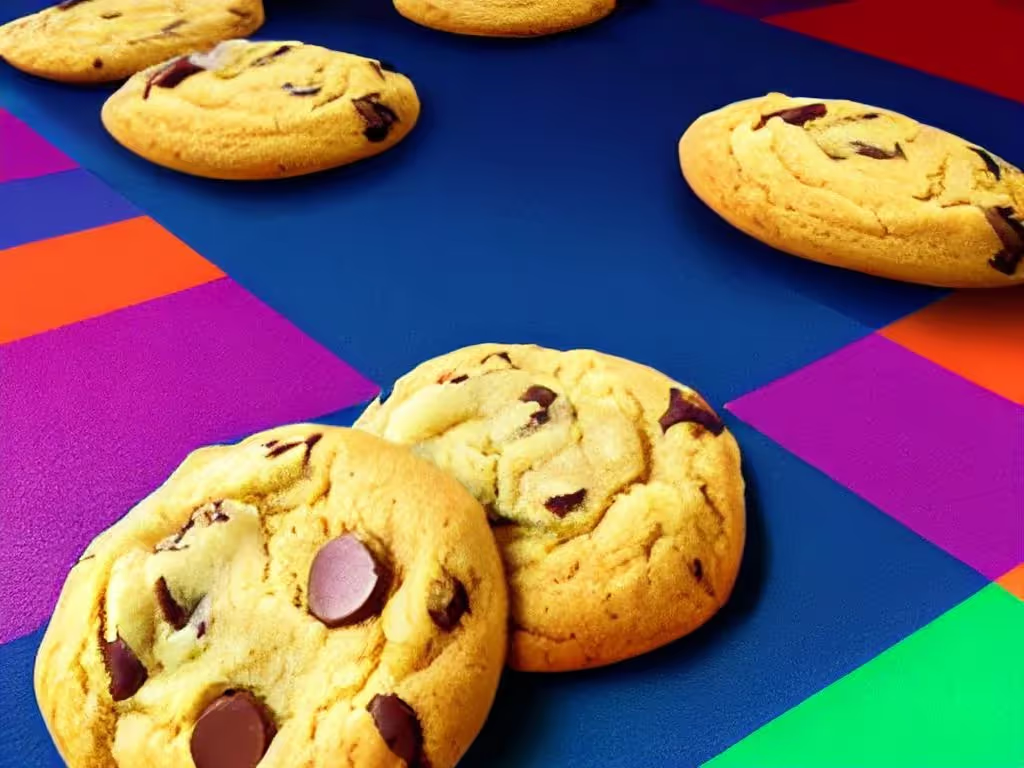TLDR
When people think about AI in restaurants, they often imagine robots in kitchens taking over cooking duties. While that's not far-fetched, it's not the most common way AI is changing the restaurant landscape. Even if you're not much into tech, restaurant owners can use AI to make things smoother and improve customer experiences. AI might sound fancy, but it's doable for regular restaurant owners. Read on to learn how AI is revolutionizing restaurants and changing how we eat.
How AI Is Revolutionizing the Restaurant Industry
Streamlining Operations with Data Analytics
AI helps restaurants track staffing and sales data for busy and slow times, allowing them to optimize staffing levels and reduce labor costs. By identifying sales trends, restaurants can predict how many employees they need at any given time. They can also use data to improve menu offerings by seeing which items are most popular during different parts of the day or year.
Improving the Customer Experience
AI powers mobile ordering, digital menus, and chatbots to give customers convenient ways to order and pay for their meals. Major chains like McDonald's, Starbucks, and Panera now offer mobile ordering and payment through their apps. AI also enables restaurants to provide tailored recommendations and suggest menu items based on a customer's previous orders.
Managing Procurement and the Supply Chain
AI helps restaurants forecast demand, track inventory, and automate the ordering process. By analyzing historical data, AI can predict how much of each ingredient a restaurant needs to have on hand. It can also detect any shortages and automatically reorder supplies to ensure the restaurant never runs out of key items. AI makes the supply chain more efficient, reducing excess inventory and spoilage.
Leveraging AI for Marketing
Restaurants can use free AI tools like Google's Keyword Planner, SEMrush, and MozBar to research keywords, track rankings, and optimize their website content. They can create Facebook ads, Instagram stories, and email campaigns targeted at high-value customers. AI also powers chatbots on Facebook Messenger, WhatsApp, and a restaurant's own website to engage customers and promote special offers. With artificial intelligence, restaurants have more opportunities to connect with customers and boost revenue through data-driven digital marketing initiatives.
8 Ways Top Chains Like McDonald's Are Using AI to Boost Efficiency
Optimizing supply chains
Major chains are leveraging AI to gain insights into supply chain operations. By analyzing factors like weather, location, and promotions, AI can predict optimal inventory levels and reduce waste. For example, McDonald's is using AI to optimize its supply chain by tying personalized recommendations to its entire network.
Automating drive-thrus
Fast food chains with drive-thrus are deploying natural language processing and machine learning to automate the ordering process. McDonald's acquired this expertise to implement automated drive-thrus that can take customers' orders more quickly and accurately.
Integrating AI into daily operations
Some top chains are working with tech companies to integrate AI into all areas of their business. For instance, McDonald's is tapping Google Cloud's generative AI tools to streamline operations. AI can help schedule employees, predict busy periods, and gain insights to improve the customer experience.
Personalizing the customer experience
By analyzing data on customers' ordering habits and preferences, AI allows chains to provide personalized recommendations and tailor the customer experience. Many chains are using AI to provide customized offers and recommendations through their mobile apps and digital menu boards.
Improving mobile ordering
AI powers mobile ordering platforms, allowing restaurants to send personalized offers. It helps identify customers, access their usual orders, and complete transactions seamlessly. Chains with efficient mobile ordering, like Starbucks, are able to serve customers more quickly.
Optimizing marketing initiatives
AI provides tools to help chains determine the optimal marketing mix across channels like social media, email, and television. By analyzing customer data and responses, it can predict the effectiveness of different marketing messages, offers, and initiatives. This allows chains to target their marketing dollars for the biggest impact.
Streamlining hiring and training
Some major chains are turning to AI for help screening job applicants and determining the best candidates. It can also help identify key traits and skills for certain roles. In addition, it plays a role in new employee onboarding and training. AI-powered training platforms can personalize learning programs for each employee.
Gaining data-driven insights
The massive amounts of data collected from customers, employees, and operations contain insights that can drive business decisions—but it requires AI to gain those insights. Chains that effectively analyze their data can uncover opportunities to cut costs, improve the customer experience, optimize pricing, and make other impactful changes. AI provides the power to tap into big data for big benefits.
AI Tools to Optimize Marketing and Increase Profits
Content Generation
AI tools like Chat GPT, Phrasee, and Jasper AI can help generate marketing content for your restaurant. Phrasee leverages natural language processing to create social media posts, blog content, and email newsletters tailored to your brand voice and audience. Meanwhile, Jasper AI is an AI copywriter that can craft blog posts, product descriptions, email newsletters, and more based on your input. Implementing these tools for content generation frees up your time to focus on high-level marketing strategy.
Search Engine Optimization
Tools such as Surfer SEO and Conductor Searchlight use machine learning to optimize your website and content for search engines like Google. They analyze your site and suggest improvements to page titles, meta descriptions, keyword usage, and more to help you rank higher in search results. For restaurants, higher search rankings translate to increased visibility, website traffic, and ultimately more customers.
Customer Experience Optimization
Tools like Zira AI are excellent for improving workflow management and assisting with tasks such as employee scheduling, attendance, and payroll tracking. Additional tools like Lineup.ai and MARA AI utilize deep learning to comprehend how customers engage with your website, offering data-driven suggestions to enhance the user experience.
Embracing the Revolution: Key Benefits for Restaurants
Optimized Operations
Through machine learning and data analysis, AI can optimize various restaurant operations. It tracks historical data as well as forecast demands to determine staffing needs, predict busy periods, and schedule employees accordingly. This streamlines labor costs and improves productivity and the customer experience. For example, Starbucks utilizes artificial intelligence to analyze sales data and determine adequate staffing for each store.
Targeted Marketing
AI analyzes customer data to determine preferences and target marketing campaigns. Machine learning can detect patterns to predict what customers want and tailor marketing and promotions. Many major chains like Taco Bell use artificial intelligence to analyze loyalty program data and target special offers to customers. It also helps restaurants determine optimal pricing, menu offerings, and new store locations based on key demographics and trends.
Restaurants that embrace AI will continue to see greater efficiency, cost savings, and improved customer experiences well into the future. The key is using AI strategically and responsibly to optimize success.
Embracing the AI Revolution: Key Takeaways for Restaurants
Inventory Optimization
Artificial intelligence can help restaurants optimize inventory through demand forecasting and reduced waste. By analyzing historical sales data, AI systems can accurately predict how much of each ingredient restaurants need to have on hand to meet demand and minimize excess. This reduces the cost of wasted food and ensures restaurants have enough stock to satisfy customers.
Personalized Experiences
Chatbots and virtual assistants can engage with customers to handle reservations, answer basic questions, and collect information to personalize their experience. For example, by tracking customers’ previous orders and preferences, restaurants can provide personalized recommendations and tailor their experience.
Streamlined Operations
AI helps improve operational efficiency by automating processes like ordering, payment, and reservations. Mobile ordering and payment systems allow customers to place and pay for orders through an app, reducing wait times. AI-powered reservation platforms can automatically schedule reservations and send reminder notifications to customers.
Embracing artificial intelligence allows restaurants to provide better experiences, gain useful insights, decrease costs, and increase profits. While AI may transform the food industry, keeping the focus on customers and employees will be key to success. AI should be implemented to enhance human experiences, not replace them.
Final Thoughts
You now have a solid understanding of how leading restaurants are making the most through AI. Before getting started with leveraging it for your restaurant technology, consider these key aspects:
- Clearly define the problem you want AI to address.
- Ensure you possess the appropriate data (both in terms of volume and quality) and technologies aligned with your intended use case.
- Set expectations for your Return on Investment (ROI).
- Understand and establish your budget.
Your restaurant can stay ahead of the curve with some strategic thinking and wise investments. The future looks bright for operators who harness the power of artificial intelligence.


.webp)


.webp)
.png)
.webp)

.avif)
.webp)
.webp)
.webp)

.webp)










.png)
.png)







.svg)





.svg)
.svg)
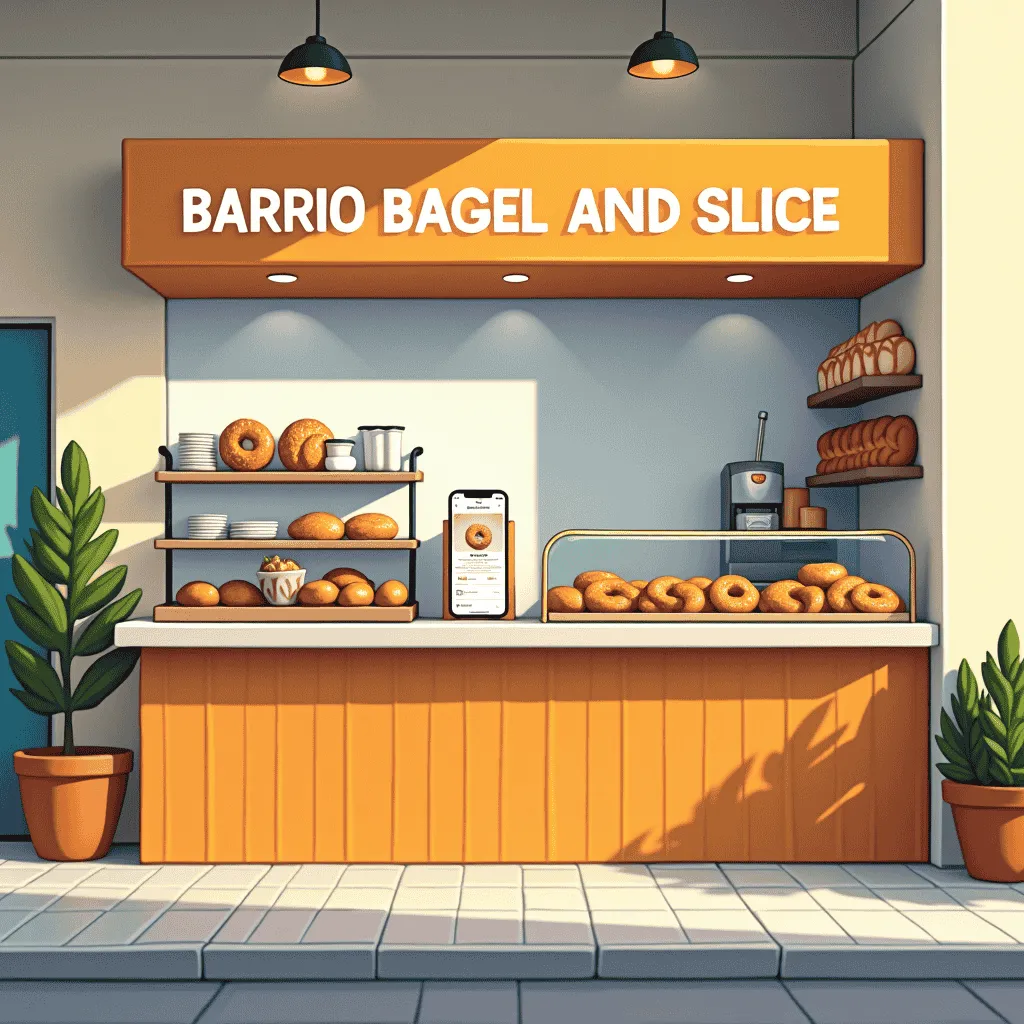


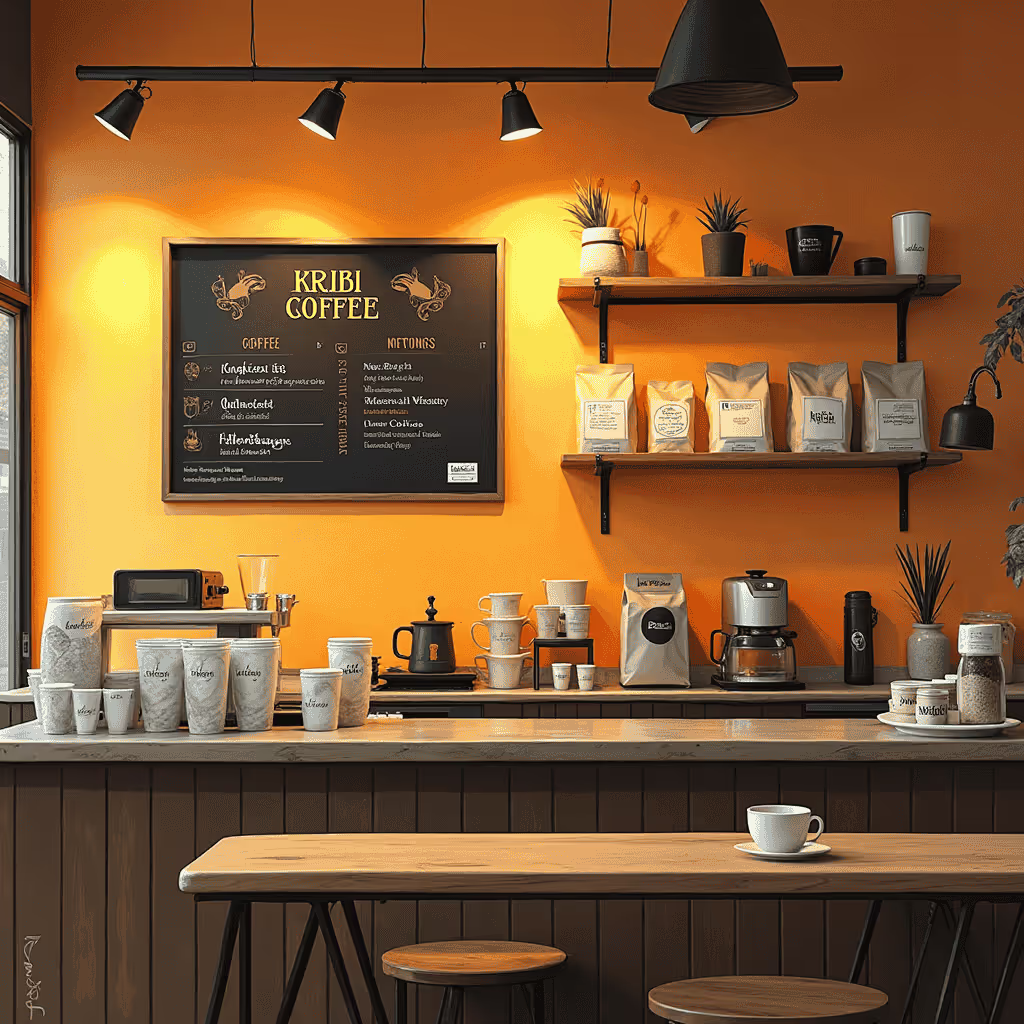
.avif)



.avif)
.avif)

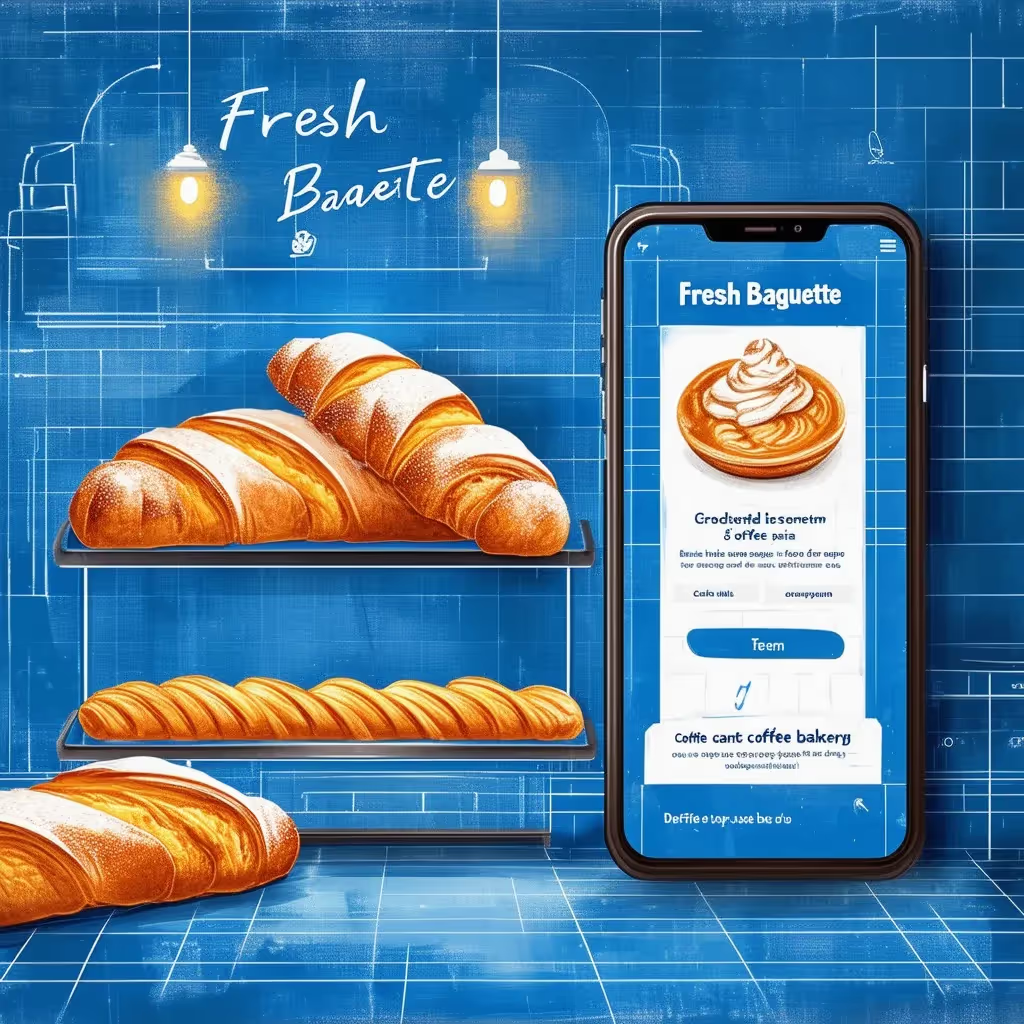
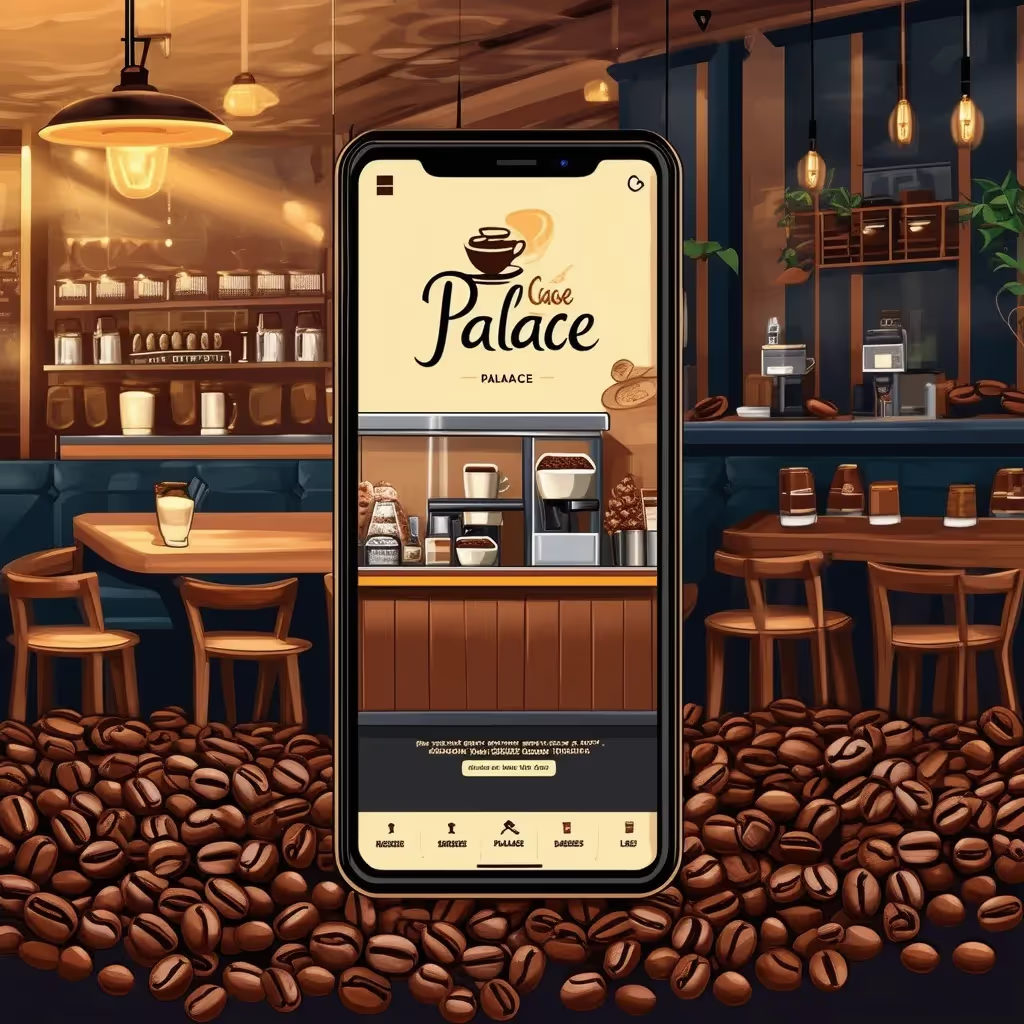

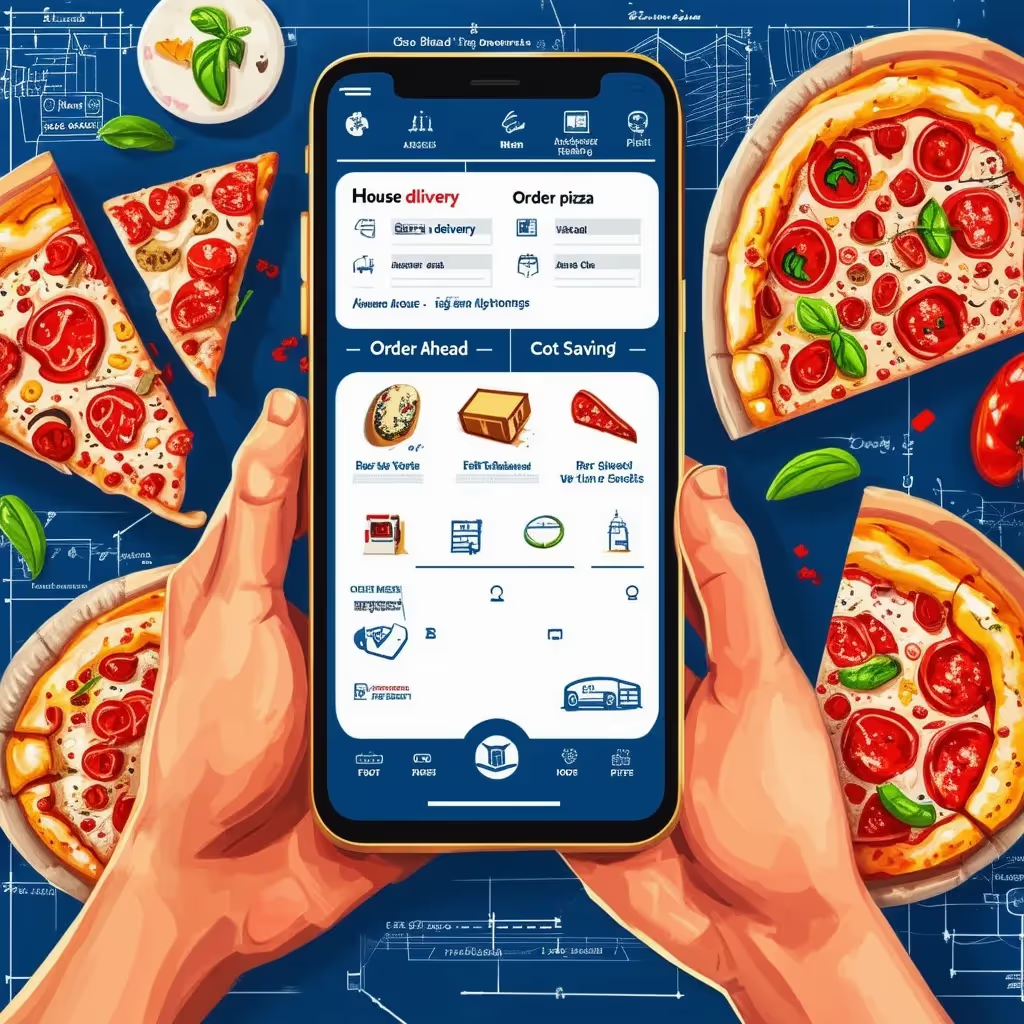




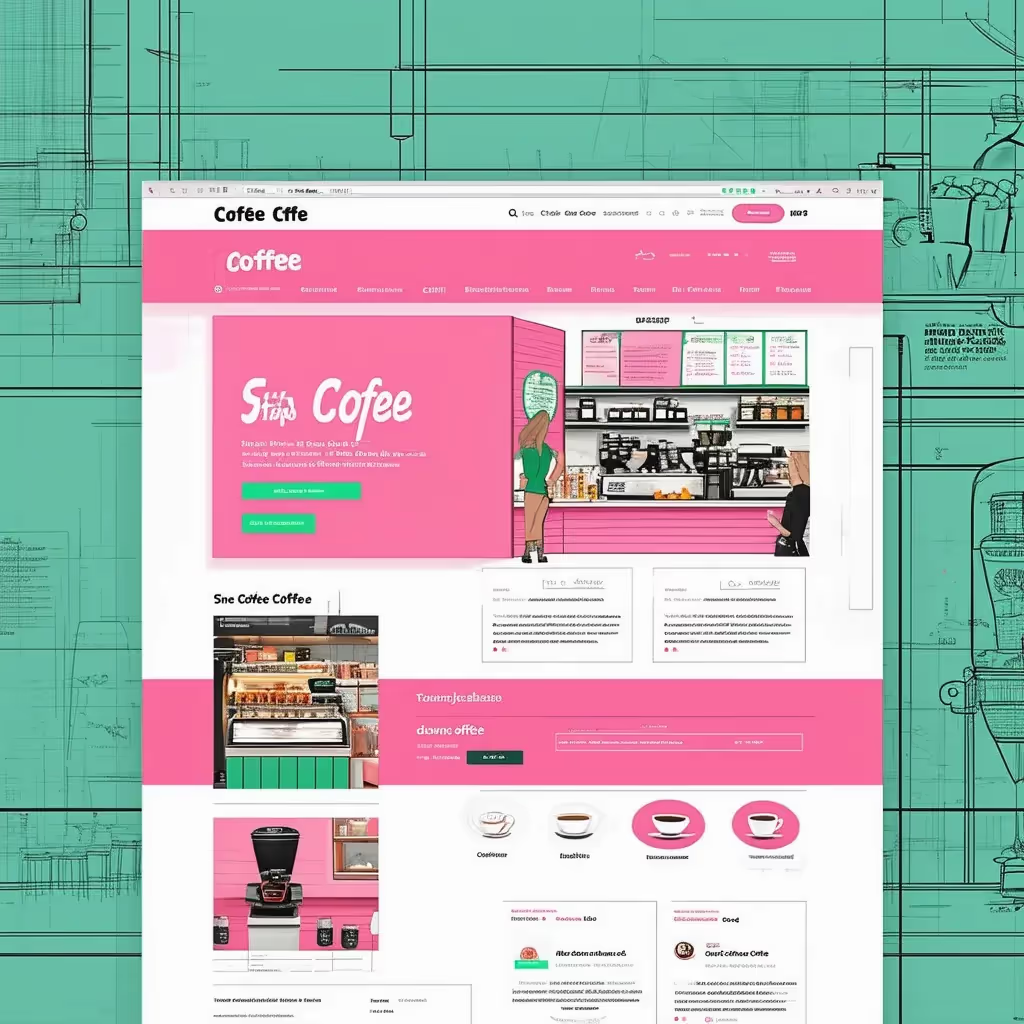
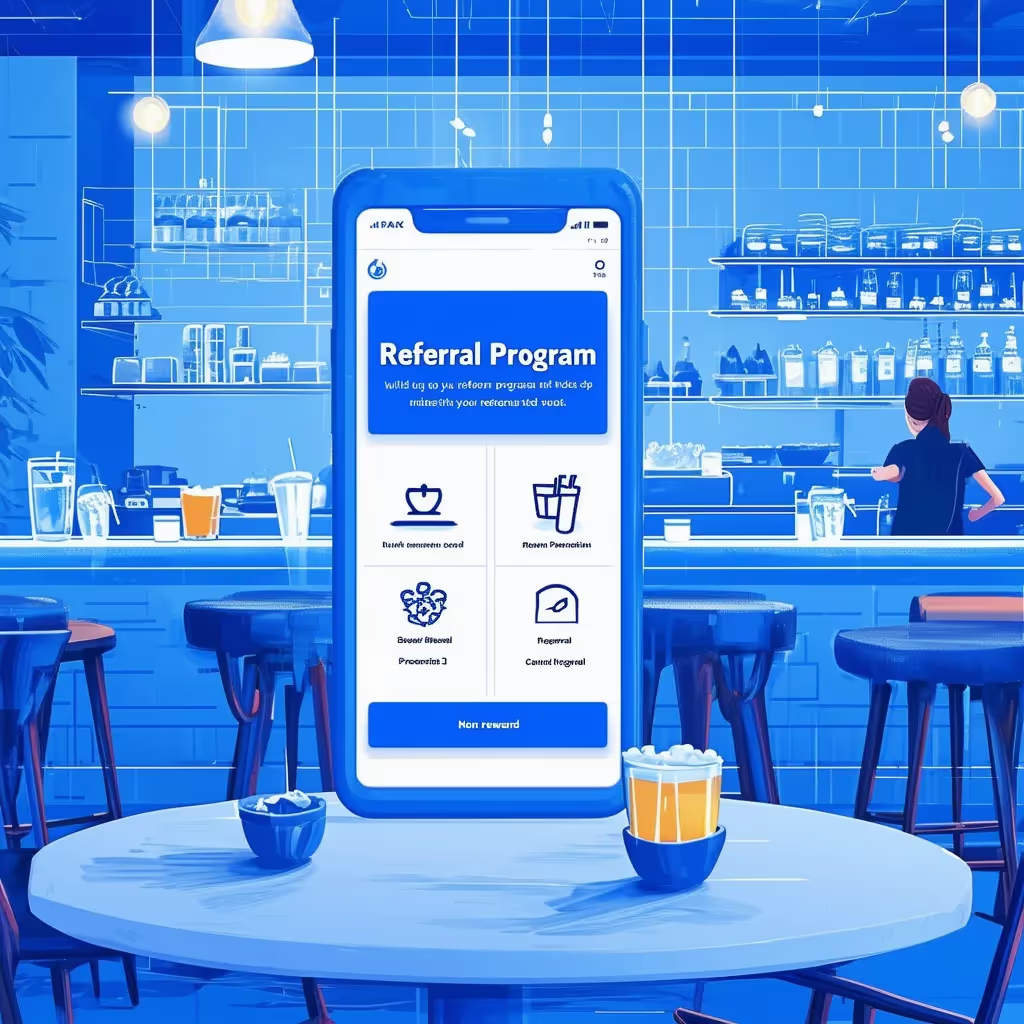





.avif)





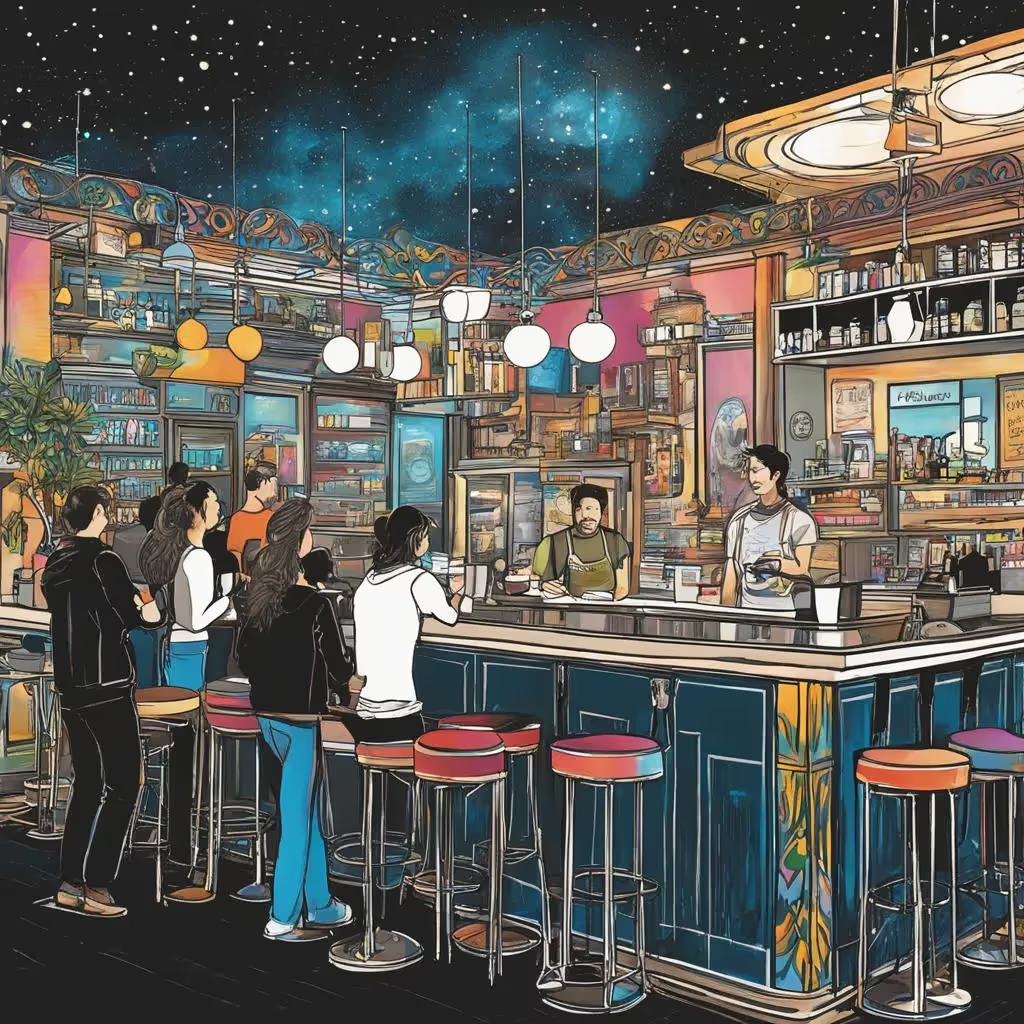
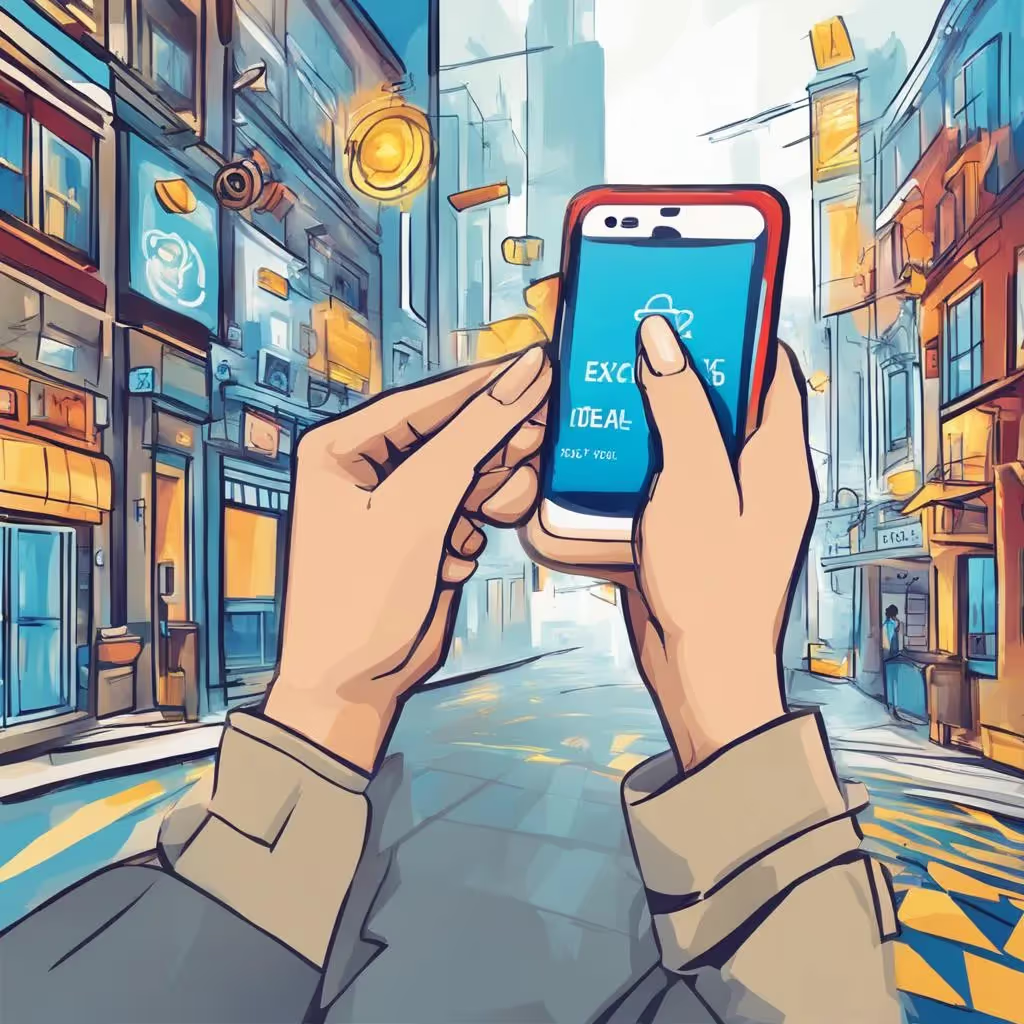

.avif)
